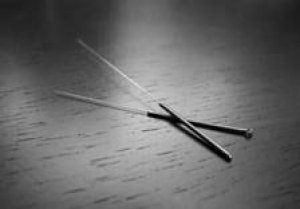
All iLive content is medically reviewed or fact checked to ensure as much factual accuracy as possible.
We have strict sourcing guidelines and only link to reputable media sites, academic research institutions and, whenever possible, medically peer reviewed studies. Note that the numbers in parentheses ([1], [2], etc.) are clickable links to these studies.
If you feel that any of our content is inaccurate, out-of-date, or otherwise questionable, please select it and press Ctrl + Enter.
Scientists have developed an automated innovative injection needle
Last reviewed: 30.06.2025
 ">
">The innovative needle will help avoid mistakes when injecting into a vein, and therefore, repeated injections.
About a third of all intravenous injections end with the needle piercing the vessel and the injection of the drug becoming impossible. Another attempt has to be made.
The problem can be solved with the help of a system that automatically detects the entry of the tip into a blood vessel and prevents its further movement. It was developed by British specialists from Nottingham Trent University and Olberon Medical Innovations.
Project leader Amin al-Habibi explained that when the vessel wall is punctured, the increase in pressure shifts the jumper in the syringe, which activates a spring mechanism. It pushes the needle back. The needle is placed in a special plastic tube (cannula), which expands the vessel walls and allows the drug to be quickly injected directly into the bloodstream.
As the inventors claim, working with the new needle is no more difficult than with a regular one. And its cost should supposedly remain at the same level.
Earlier this year, Olberon Medical Innovations introduced a syringe that numbs the injection site before the needle is inserted.

 [
[